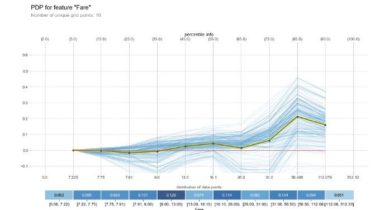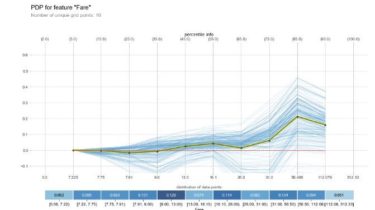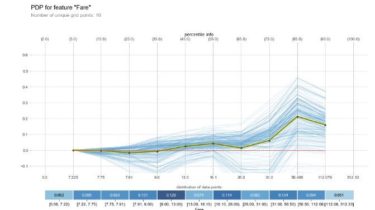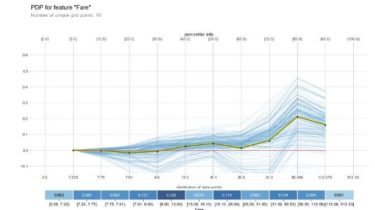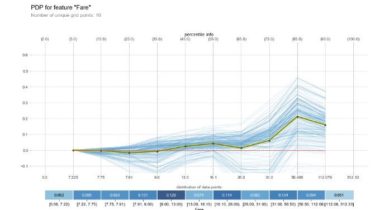Compact Bilinear Pooling for PyTorch
This repository has a pure Python implementation of Compact Bilinear Pooling and Count Sketch for PyTorch. This version relies on the FFT implementation provided with PyTorch 0.4.0 onward. For older versions of PyTorch, use the tag v0.3.0. Installation Run the setup.py, for instance: Usage class compact_bilinear_pooling.CompactBilinearPooling(input1_size, input2_size, output_size, h1 = None, s1 = None, h2 = None, s2 = None) Basic usage: from compact_bilinear_pooling import CountSketch, CompactBilinearPooling input_size = 2048 output_size = 16000 mcb = CompactBilinearPooling(input_size, input_size, output_size).cuda() x = […]
Read more




